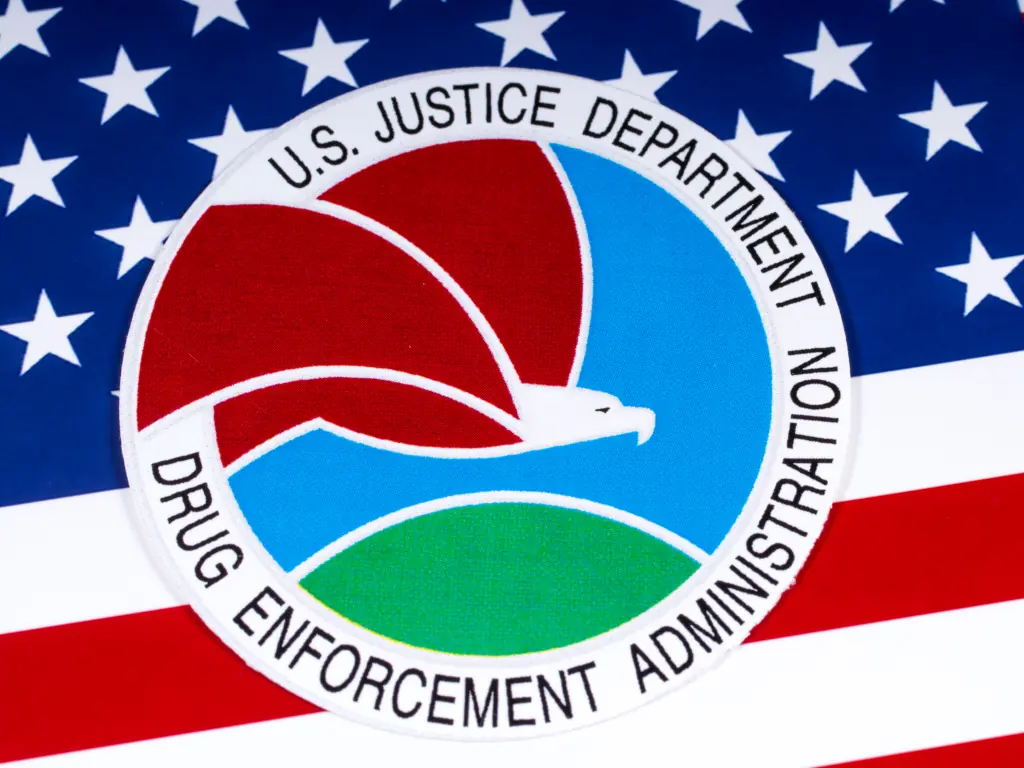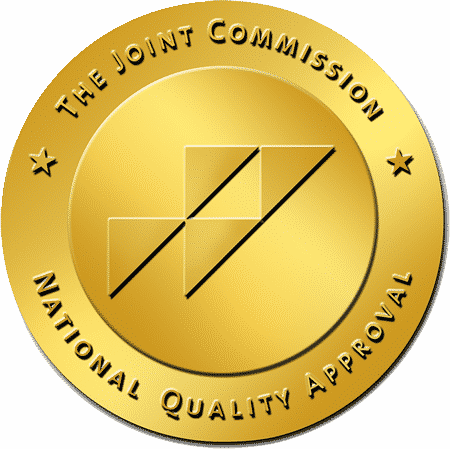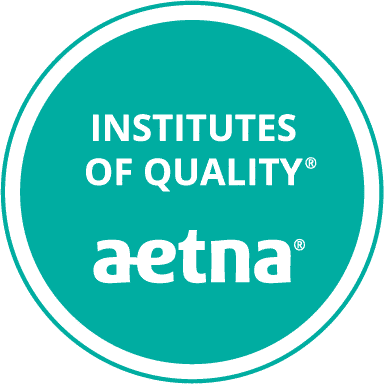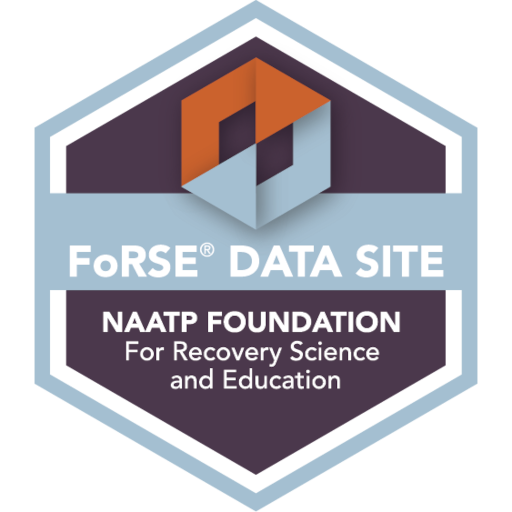As the public health crisis caused by the opioid epidemic continues, another group of synthetic opioids has emerged: benzimidazole opioids also known as “nitazenes.”
Ironically, these potent substances are not new but are finding a niche in the illicit drug market as government agencies and law enforcement crack down on other substances.
The health risks associated with benzimidazole opioids, such as respiratory depression, dependency, and overdose fatalities, are consistent with those of potent opioids,
They present a significant public health challenge. Emergency medical departments, especially on the East Coast, are seeing an increase in drug deaths due to nitazene compounds mixed with heroin and fentanyl.
The Emergence of Benzimidazole Opioids

Benzimidazole opioids were first synthesized in the late 1950s in Switzerland as potential analgesics. Initially developed as analgesics, they were never approved for human use and quickly passed over for newer synthetic opioids.
In June 2022, the U.S. Drug Enforcement Administration (DEA)’s Washington D. C. division office warned that nitazenes made in China were being mixed with other drugs. First found in the Midwest in 2019, isotonitazene (ISO) then moved into the South and was being found along the East Coast of the U.S.
Like fentanyl and more potent than morphine and heroin, ISO is sometimes blended with other substances to make cheaper and stronger opioids with dangerous health risks. ISO has been found in counterfeit pills marketed as pharmaceutical medications such as Dilaudid and oxycodone.
Recent data from Britain also reveals an increasing prevalence there of benzimidazole opioids.
Other opioids like heroin or fentanyl can contain nitazene, making them less expensive but more dangerous. To put this in context, nitazenes are about40 times as strong as fentanyl, which is50 times more potent than heroin. – National Public Health Information Coalition
Harm Reduction Methods
Response strategies for this newest substance abuse challenge include implementing harm reduction programs, education about the risks associated with benzimidazole opioids, and ensuring access to treatment.
One positive note is that naloxone, as with other instances of opioid overdoses, has been proven to be a highly effective antidote for reversing nitazene overdoses.
La Hacienda Medical Director Dr. James Boone recently released a video outlining how to use Narcan, a brand of naloxone nasal spray available without prescription in the U. S.
The Benzimidazole Opioid Family
The benzimidazole opioid family, which falls under the category of other synthetic opioids, includes substances like etonitazene, isotonitazene, and metonitazene.
The unique chemical structure and pharmacology of benzimidazole opioids contribute to their potency, high potential for abuse, and the numerous health risks they pose.
Chemical Structure and Pharmacology
The unique chemical structure of 2-benzyl benzimidazole opioids contributes to their potency. Some benzimidazole opioids, such as isotonitazene, are up to 500 times more potent than morphine, while others like etonitazene are up to 1000 times more potent.
The most severe and acute health risk associated with nitazenes are the depression of the respiratory system potentially leading to apnea, respiratory arrest, and death in cases of overdose.
Detection and Analysis Challenges
Detecting and analyzing benzimidazole opioids presents significant challenges for healthcare professionals, law enforcement, and forensic toxicologists. Limited forensic testing, inconsistent post-mortem toxicology tests, and the need for improved screening methods for emerging substances hinder efforts to accurately assess their prevalence and impact.
To address these challenges in chemical neuroscience, the Advisory Council on the Misuse of Drugs (ACMD) has recommended the establishment of a working group to consider and provide recommendations on a UK-wide minimum standard set of post-mortem toxicology tests for apparent drug-related deaths, including testing for relevant new psychoactive substances like benzimidazole opioids in biological samples.
Legal Status and Regulatory Controls
In the United States, the DEA issued a temporary order to restrict seven synthetic benzimidazole-opioid substances. This temporary scheduling order is effective until April 12, 2024.
The United Nations plays a role in regulating benzimidazole opioids by requiring signatories to implement national controls on substances listed in the conventions, fostering collaboration and shared responsibility among nations.
The Role of Drug Enforcement Agencies

Monitoring and controlling the spread of illegal opioids is a daunting task, requiring cooperation between drug enforcement agencies, health care professionals, and other stakeholders. The U. S. Drug Enforcement Administration (DEA) and other agencies, such as the United Nations Office on Drugs and Crime, are actively working to combat the spread of these dangerous substances, sometimes hidden in counterfeit pills, which can be difficult to detect and control.
Drug enforcement agencies can impose regulatory controls and administrative, civil, and criminal sanctions for the handling of controlled substances. The temporary scheduling of substances under DEA regulations, however, requires demonstrating a high potential for abuse, lack of accepted medical use in treatment, and lack of safety for use under medical supervision.
In addition to collaboration with other departments and external agencies in response to the synthetic opioid crises, agencies rely on peer-reviewed reports, and data from organizations such as the National Crime Agency (NCA) and the National Poisons Information Service (NPIS) to combat the distribution of illicit drugs.
The United Nations plays a role in regulating drugs by requiring signatories to implement national controls on substances listed in the conventions. This international cooperation is crucial in combating the spread of these dangerous substances and addressing the growing public health threat they pose.
The Opioid Epidemic: Lessons Learned
Addressing the opioid epidemic requires learning from past experiences with fentanyl, adapting strategies to the unique challenges posed by benzimidazole opioids, and fostering international cooperation to combat the spread of these dangerous substances. This involves understanding the complexity of the issue, addressing various components such as access to prescription opioids, the influx of illegal opioids, and the need for addiction treatment and harm reduction.
One important lesson from the past is the need to avoid simplistic solutions for complex problems. A comprehensive, multifaceted strategy must be employed to effectively address the opioid crisis and tackle the challenges posed by nitazenes and other opioids.
By fostering cooperation, embracing complexity, and remaining vigilant, we can work together to address addiction to every opioid and other substances.
Addiction Treatment at La Hacienda
Our on-site doctors – board-certified for both internal medicine and addiction treatment– stay in touch with developments regarding the psychoactive substances being used by patients who come to them for help.
All patients are thoroughly assessed by the medical staff upon arrival and an individual treatment plan is prepared for each one based on their health and needs. Those who need it receive medically supervised detoxification in our special care unit before moving into clinical care.
Working with a licensed case manager and other therapists, patients follow their plan for recovery and plan for a future of sobriety.
Quitting drugs and alcohol is not easy. Even the probability of death as a result does not convince some who suffer from drug addiction. We believe, however, with the right help, our patients can turn their lives around.
If you or a loved need help with addiction, please call us today.
Summary
With the recent emergence of the benzimidazole class of opioids, acute intoxications and medicinal chemistry are not always easy to see or test on site or in a lab with a toxicology unit. Yes, we have Narcan, but acute intoxications may require stronger doses to prevent overdose deaths associated with nitazenes.
Nitazenes have posed significant public health challenges with their potency and high potential for abuse contributing to a growing number of drug-related deaths.
Addressing this crisis requires a multifaceted approach, including stakeholder collaboration, improved detection methods, and targeted prevention and harm reduction strategies. As we learn from past experiences and adapt to the unique challenges posed by benzimidazole opioids, we must remain vigilant and committed to combating the spread of these dangerous substances, working together to create a safer, healthier future for all.
Frequently Asked Questions
What is an example of a Benzimidazole-Opioids (Nitazenes) drug?
Isotonitazene (ISO) is a derivative of benzimidazole, an opioid analgesic. It is 500 times more potent than morphine and has slightly more potency than fentanyl. ISO was found in counterfeit hydromorphone sold illegally in the United States. ISO is also mixed with other street drugs such as cocaine. Isotonitazene is a risk to those who misuse drugs, especially users of heroin and cocaine.
What are Benzimidazole-Opioids (Nitazenes) known as on the street?
Street names of this drug include nitazene or ISO.
What are Benzimidazole Opioids?
Benzimidazole opioids are a class of synthetic opioids with an unusual benzimidazole structure, commonly referred to as opioid New Psychoactive Substances (opioid NPS), making them a unique and potentially dangerous substance.
These substances have been linked to a number of overdose deaths and have been increasingly seen in the illegal drug market.
What are the health risks associated with benzimidazole opioids?
Benzimidazole opioids can cause dependency, respiratory depression, overdose, or overdose deaths.
Sources:
https://www.deadiversion.usdoj.gov/drug_chem_info/benzimidazole-opioids.pdf
https://www.ncbi.nlm.nih.gov/pmc/articles/PMC8990956/
https://www.dea.gov/drug-information/drug-scheduling
https://www.cdc.gov/mmwr/volumes/71/wr/mm7104a3.htm
https://www.nphic.org/news/featured-topics/1316-new-opioid-is-stronger-than-fentanyl




